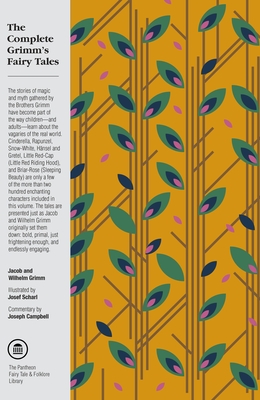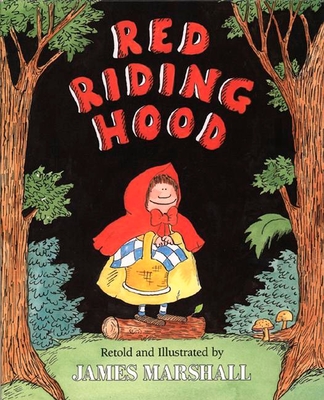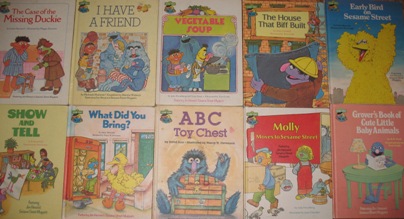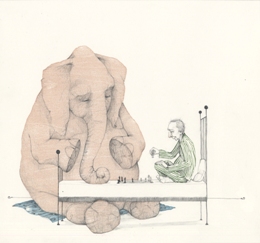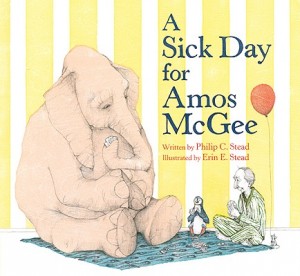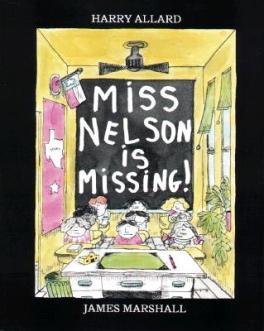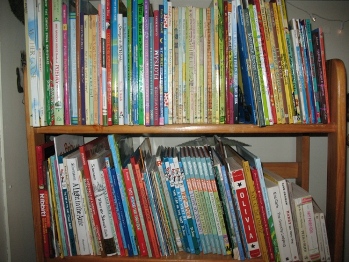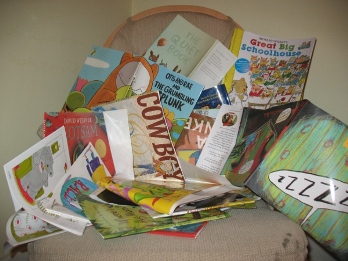One of the most daunting tasks I’ve found in building a home library is figuring out some sort of comprehensive way to introduce fairy tales and folk tales to your child. Because I’m a completist. If I start a series of novels, I have to read ALL OF THEM, even if I start hating the series after volume three. The same goes for TV shows, movie series, and comic books. And, if I do eventually abandon whatever series I’m reading or watching, I spend lazy afternoons on the internet keeping up with spoilers, so I know what’s going on, even if… you know, I now profess to hate it. (So many hours I’ve spent on Wikipedia reading Uncanny X-Men spoilers and I haven’t bought an issue since the 1990s.) It’s just how I’m wired.
So, as a completist, when I started buying books for my daughter before she was born, I was very cognizant of the fact that it was up to me, as her father, to introduce her to the world of folklore and I didn’t want to leave any gaps in her education. One of the THE first books I ever bought her was a copy of The Complete Grimm’s Fairy Tales, illustrated by Josef Scharl, which was NUTS – literally nuts. That was an insane purchase for an unborn child. Because, while the volume is complete, it is also dense, dark, and academic, with teeny tiny text and annotations galore. It makes for a beautiful reference book, but, c’mon, a kid isn’t going to touch that book until they’re either a). an adult or b). a very, very lonely teenager.
Realizing my folly, I started searching for more accessible versions of classic folk and fairy tales to share with her. I had a checklist – do I have a Red Riding Hood for her? Check. Three Little Pigs? Check. Goldilocks? Check. And I thought I’d assembled a few very decent introductions to the world of folklore for our library. I was pleased.
However, after she was born and we started reading books aloud more often, I realized that there were SO many holes in our collection. This became particularly apparent when reading the more modern fractured fairy tales – fractured fairy tales are the more meta, ironic takes on classic folklore. Many of these books – ranging from The Stinky Cheese Man to Each Peach Pear Plum to The Princess and the Pizza – have a lot of fun alluding to and referencing classic folklore, which is normally, in turn, great fun for the parents and kids reading at home. I’m a big, big child of the pop culture generation, so recognizing references is something deeply, deeply ingrained in my DNA. [read the rest of the post…]
{ 1 comment }
